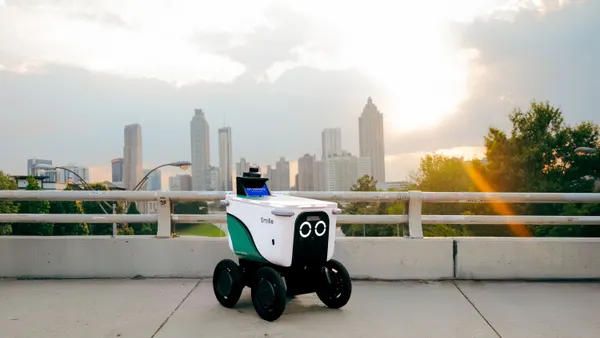Dive Brief:
- Oracle will release a blockchain platform for supply chain management and smart contracts, Business Insider reported last week.
- Oracle's platform is designed to serve as a pre-assembled device useful for contracts, transactions, or tracking, according to the company's press release. Built atop Hyperledger Fabric, an open-source blockchain endorsed by IBM, Cisco, SAP, and Intel, Oracle's system is currently in the beta stage.
- Hyperledger Fabric is close to impenetrable. Though some blockchains are viewable, Hyperledger is private and therefore resistant to proprietary information leaks.
Dive Insight:
Oracle is the next big name to jump on the blockchain bandwagon, joining big companies like IBM, Kroger and Walmart in the quest to streamline and secure operations through the virtually unhackable, self-verifying technology.
Oracle is one of the biggest SaaS/ERP software providers, frequently listed as No. 2 or 3 when it comes to market share. Moving to a blockchain platform will be a big shift for its customers, but the company will have a lot of catching up to do to IBM and Microsoft, currently No. 1 and No. 2, respectively, in the blockchain sphere.
Blockchain is ideal for supplier-buyer and provider-customer relationships because it allows two companies to develop a secure, shared ledger of transactions, reducing paperwork, red tape and hidden fees. As a software provider competing with a company like Microsoft, it is a strategic move for Oracle to pick up the tech in order to cut costs, provide better service and ramp up competition.
Entering the competition at this point is important for Oracle because blockchain is a very immature technology. Executives and companies which take part now can influence how blockchain gets developed.
However, before companies prepare to divert resources to blockchain architectures — many of which are still in the beta stage — executives need to make sure the technology is actually what they need. Many experts remain cautious of the advanced tech and posit that other technologies with more foundational work might be able to offer the same results.











